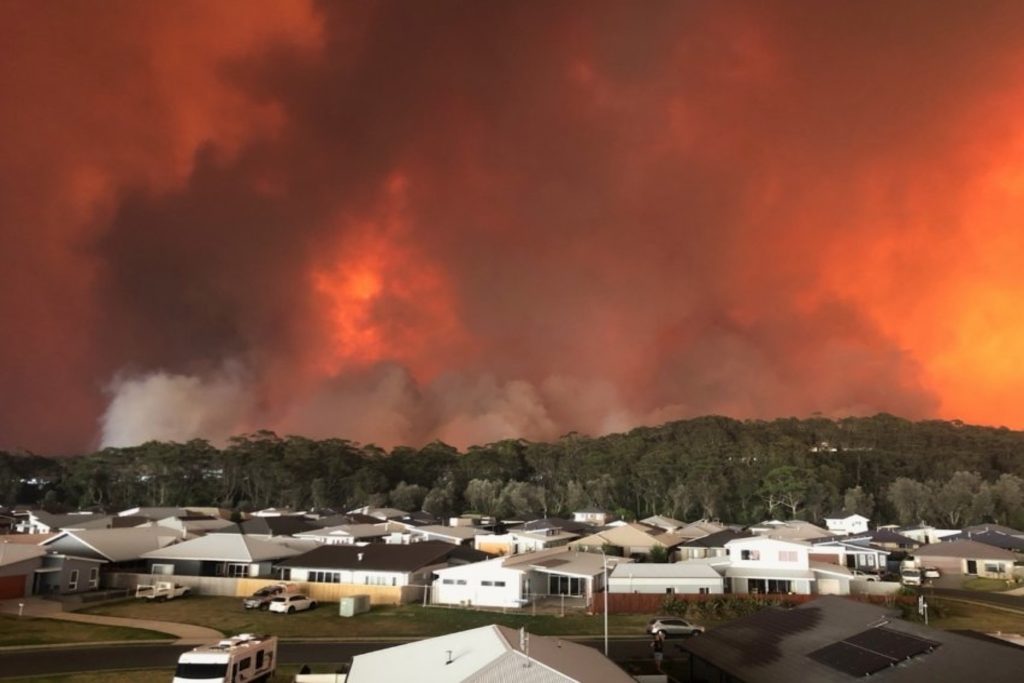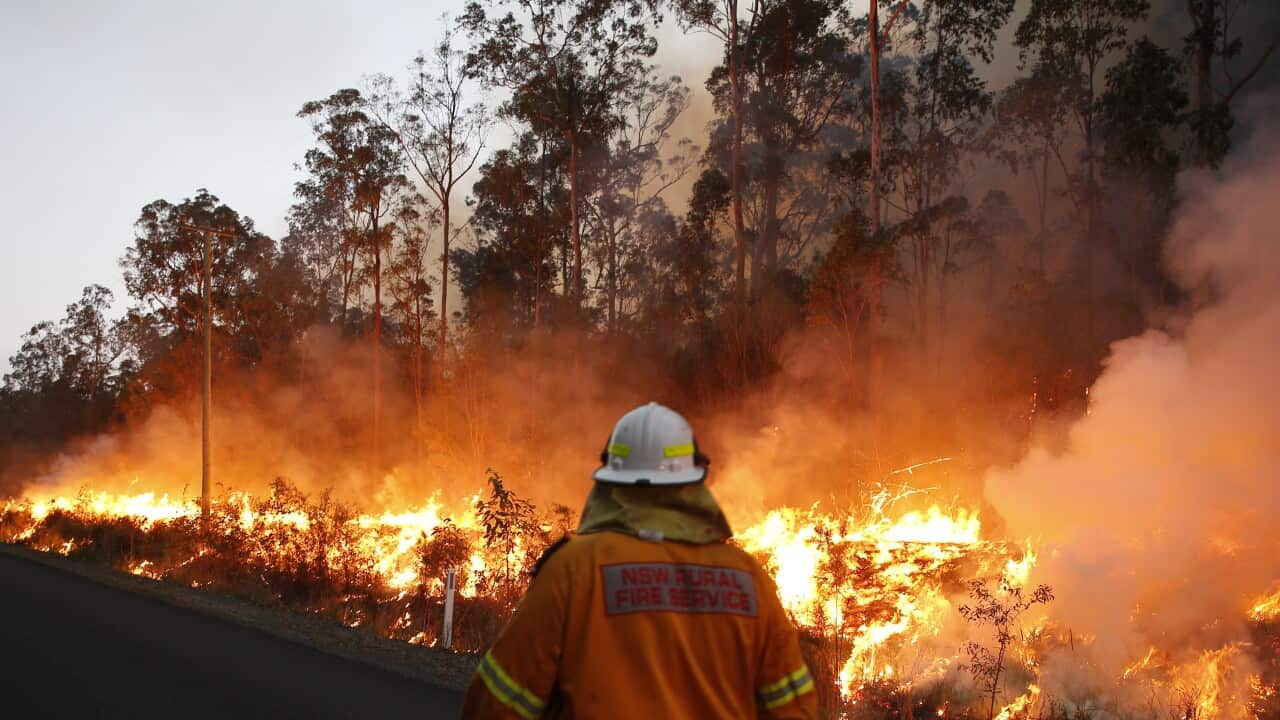Ensuring Shrub Fire Protection Through Proper BAL Record Analysis
In the world of bush fire defense, the careful analysis of Bushfire Strike Level (BAL) reports stands as a cornerstone for safeguarding residential properties against the terrible impact of wildfires. With environmental variables and property qualities playing substantial roles in identifying the level of risk, a complete understanding of BAL rankings becomes important. Nonetheless, the genuine significance lies not simply in understanding these reports yet in understanding them successfully to develop tailored fire security methods. By delving right into the value of BAL report evaluation, we discover a world where informed decisions pave the path towards strengthening residential or commercial property safety and security and strength in fire-prone areas.
Understanding Bushfire Assault Level (BAL)
In the realm of bushfire defense, comprehending the Bushfire Assault Level (BAL) is paramount for making certain reliable mitigation strategies. BAL is a system made use of to gauge the possible danger a structure might face from a bushfire. It thinks about variables such as the kind of greenery, the incline of the land, the Fire Threat Index, and the Fire Severity Index. Understanding the BAL ranking of a building is critical for residential or commercial property building contractors, policymakers, and proprietors to apply ideal steps to secure versus bushfire dangers.

Significance of BAL Report Analysis
An important aspect in bushfire security preparation entails the extensive analysis of BAL reports to analyze the prospective threats and identify proper reduction techniques. BAL records offer crucial information regarding the potential effect of bushfires on a home based on various elements such as plant life kind, distance to potential fire hazards, and slope of the land. Analyzing these reports with accuracy is vital in establishing effective bushfire defense actions tailored to the particular danger account of a property.
Implementing Fire Defense Measures
Implementing effective fire security steps is critical for protecting homes in bushfire-prone areas. Among the key ways to enhance fire protection is by developing defensible space around structures. This includes clearing flammable plants, such as dry leaves and branches, within a specific span of the residential property. Furthermore, installing fireproof roof covering materials can help reduce the risk of cinders firing up the roofing during a bushfire. Effectively preserved displays and seamless gutters are also vital to protect against debris buildup that can sustain a fire.
Furthermore, having a appropriate and properly maintained water supply, such as a container or swimming pool, can aid firefighters in their initiatives to protect the property. BAL Report. Generally, executing a mix of these fire defense actions can substantially enhance the opportunities of protecting residential or commercial properties throughout bushfire occasions.
Mitigating Dangers in Fire-Prone Areas
To strengthen properties against bushfire hazards, a strategic emphasis on mitigating dangers in fire-prone areas is crucial. Mitigating risks in fire-prone locations includes an extensive approach i thought about this that incorporates various steps to lower the probability and impact of bushfires. One vital facet of risk mitigation is maintaining defensible area around residential properties by clearing combustible vegetation, ensuring sufficient spacing between structures and trees, and employing fireproof landscape design methods. Furthermore, applying ember-proofing procedures such as installing steel mesh screens on home windows and covering roofing system tooth cavities can aid avoid cinder strikes and decrease the risk of spot fires.
Additionally, constructing or retrofitting buildings with fireproof materials and making certain correct maintenance of roofings, seamless gutters, and outside cladding can significantly improve the residential or commercial property's strength to bushfires. Exercising a bushfire and creating emergency situation strategy with all owners, consisting of evacuation procedures and interaction approaches, is likewise important in mitigating threats properly. By adopting a proactive method to take the chance of mitigation in fire-prone areas, building owners can better safeguard their possessions and improve total bushfire readiness.
Ensuring Residential Property Safety And Security and Resilience
Guaranteeing the safety and strength of properties in fire-prone locations requires an unfaltering dedication to robust safety nets and calculated preparation. Home safety starts with carrying out effective webpage measures to decrease fire threats. This includes maintaining a defensible area around the residential or commercial property by getting rid of flammable plant life, ensuring proper maintenance of seamless gutters and roofings, and using fire-resistant structure materials. Routine maintenance of firefighting devices, such as hose pipes and lawn sprinkler, is likewise important to property resilience.
Resilience, on the various other hand, involves the capability of a property to recover and withstand from a bushfire. By proactively resolving these aspects, home owners can better protect their properties and loved ones from the hazard of bushfires.
Verdict
In verdict, making sure bushfire security via appropriate BAL record analysis is critical for understanding the degree of risk posed by bushfires and carrying out needed fire defense actions. By reducing dangers in fire-prone areas and ensuring home safety and security and strength, neighborhoods and people can better prepare for and react to bushfire occasions. It is vital to prioritize fire precaution to protect lives and home in my review here these risky environments.
In the world of bush fire security, the precise analysis of Bushfire Attack Level (BAL) records stands as a foundation for securing buildings against the damaging influence of wildfires (BAL Report). Comprehending the BAL ranking of a building is crucial for residential property builders, owners, and policymakers to apply appropriate procedures to safeguard versus bushfire dangers

BAL reports provide important details about the possible effect of bushfires on a building based on different aspects such as greenery kind, range to potential fire risks, and incline of the land (BAL Report). Generally, implementing a mix of these fire security measures can considerably boost the chances of securing residential properties during bushfire events